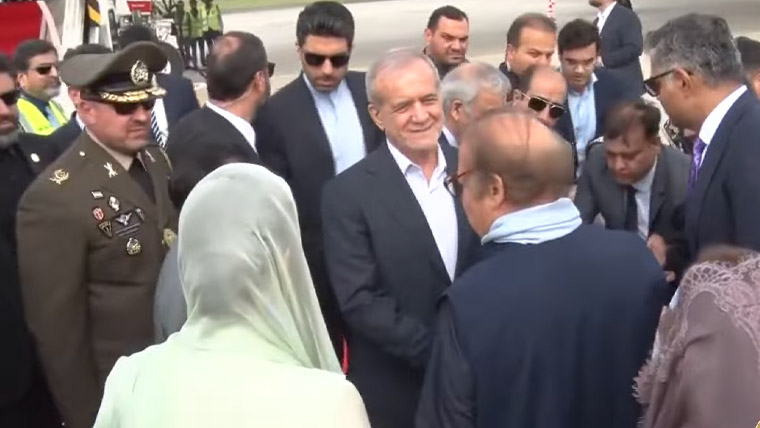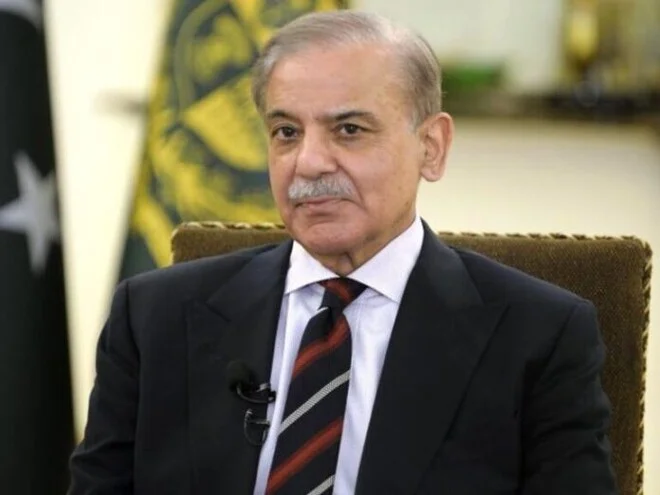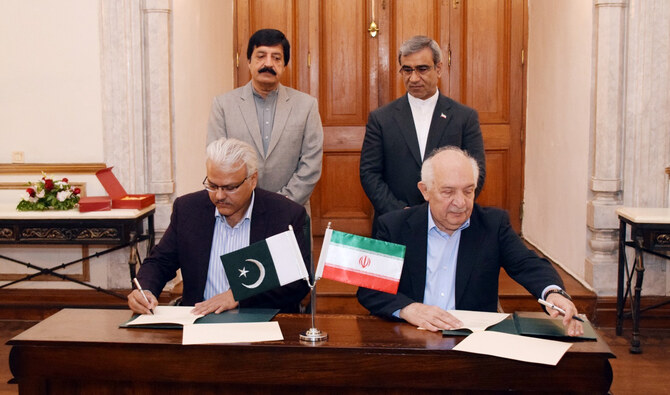
Pakistan, Iran Sign 12 Cooperation Deals, Set $10 Billion Trade Goal by 2028
- Business
- August 3, 2025
- No Comment

Islamabad — Pakistan and Iran signed 12 bilateral agreements spanning critical sectors, while reaffirming their commitment to boosting bilateral trade to \$10 billion by 2028
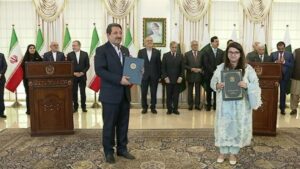
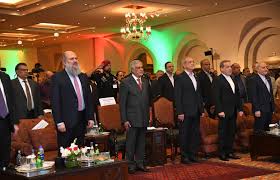
The agreements were inked in Islamabad during Iranian President Dr. Masoud Pezeshkian’s official visit to Pakistan. The signing ceremony followed high-level discussions between the two nations, attended by key leaders including Prime Minister Shehbaz Sharif, Deputy Prime Minister Ishaq Dar, Commerce Minister Jam Kamal Khan, and Iran’s Minister of Industry, Mining, and Commerce Mohammad Atabak.
According to official sources, the 12 documents cover cooperation in:
- Science and Technology
- Transportation and Transit
- Trade and Economy
- Tourism and Agriculture
- Judicial and Legal Affairs
- Industrial Development
- Cultural Heritage Preservation
- Regional Integration and Synergy
These agreements are designed to strengthen institutional linkages, facilitate knowledge exchange, and enhance people-to-people contacts, laying a foundation for long-term strategic cooperation between the neighboring nations.
At the Pakistan-Iran Business Forum, held in Islamabad as part of President Pezeshkian’s two-day visit, Commerce Minister Jam Kamal Khan underscored Pakistan’s dedication to expanding economic ties.
“We are confident in our ability to grow bilateral trade to $10 billion by 2028,” said Kamal, adding that the two nations share historic and cultural bonds that make economic collaboration a natural extension of their relationship.
He also emphasized the significance of cross-border trade for Balochistan, Pakistan’s southwestern province that borders Iran.
Highlighting key developments, the commerce minister praised the reactivation of the Mand-Pishin Joint Border Market on July 30. He urged swift operationalization of two additional markets at Chaghi-Kouhak and Gabd-Reemdan, vital for economic integration in the border regions.
He also confirmed the finalization of the Pakistan-Iran Free Trade Agreement (FTA), calling it a milestone in structuring long-term trade cooperation. Kamal further stressed the urgency of implementing a barter trade mechanism to address foreign exchange and payment challenges.
Kamal invited Iranian investors to explore vast opportunities in mineral resources, agriculture, and energy in Pakistan. He reaffirmed that the Government of Pakistan is committed to removing trade bottlenecks and enabling investment through policy reforms, regulatory facilitation, and public-private partnerships.
He confirmed both nations’ agreement to fast-track the upcoming session of the Pakistan-Iran Joint Economic Commission (JEC), which will serve as a platform to resolve trade issues and launch new collaborative projects.
In his concluding remarks, Kamal Khan thanked the Iranian president and ministers for their participation, calling the gathering a “symbol of goodwill and a shared vision for regional growth.”
> “Let us transform our historic brotherhood into a partnership for prosperity,” he said.
The agreements and economic commitments signal a new chapter in Pakistan-Iran relations, anchored in trade, regional connectivity, and mutual development.
Thank you for reading! For comprehensive news coverage and exclusive stories, visit SafartiTarjuman.com


